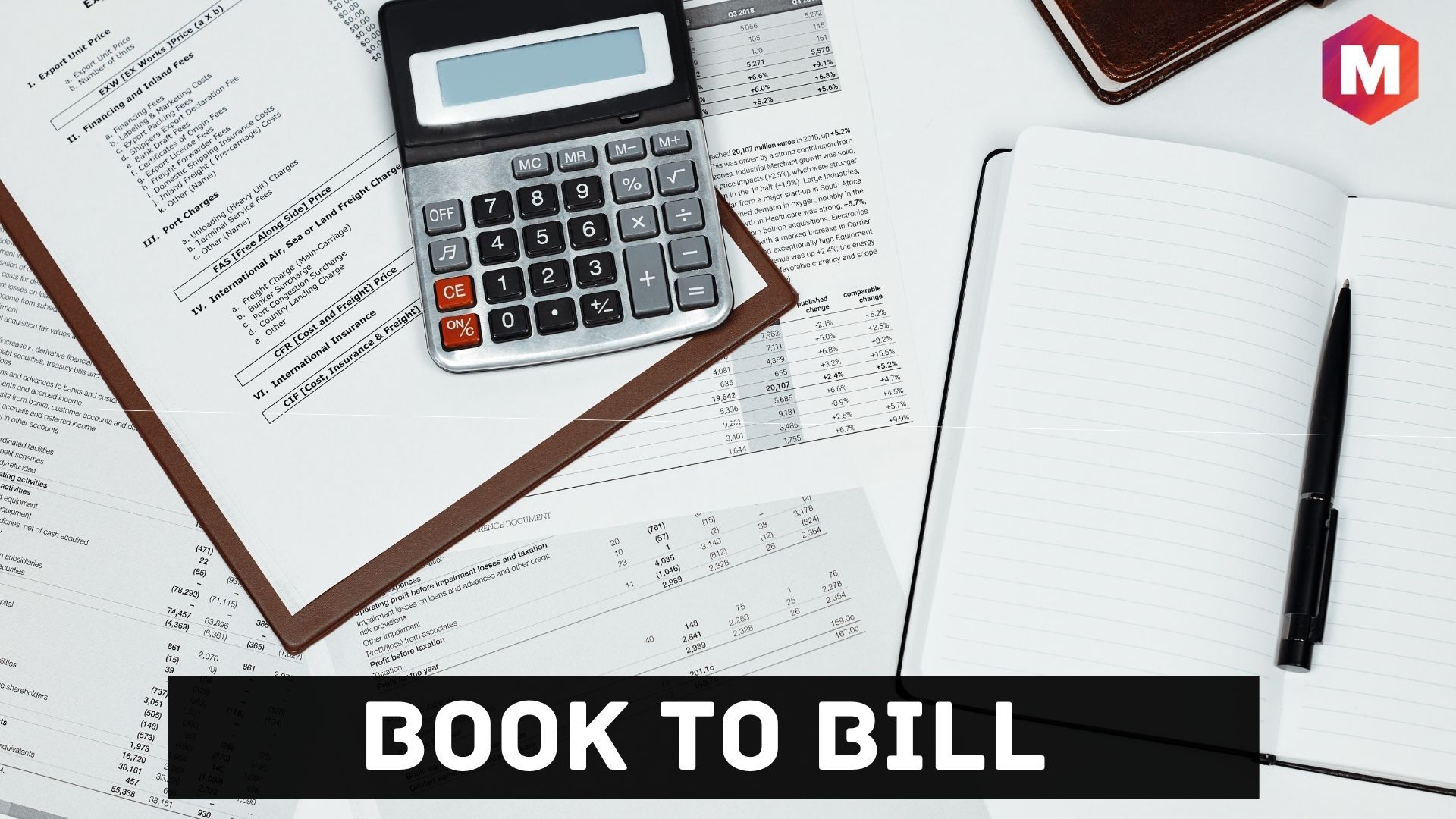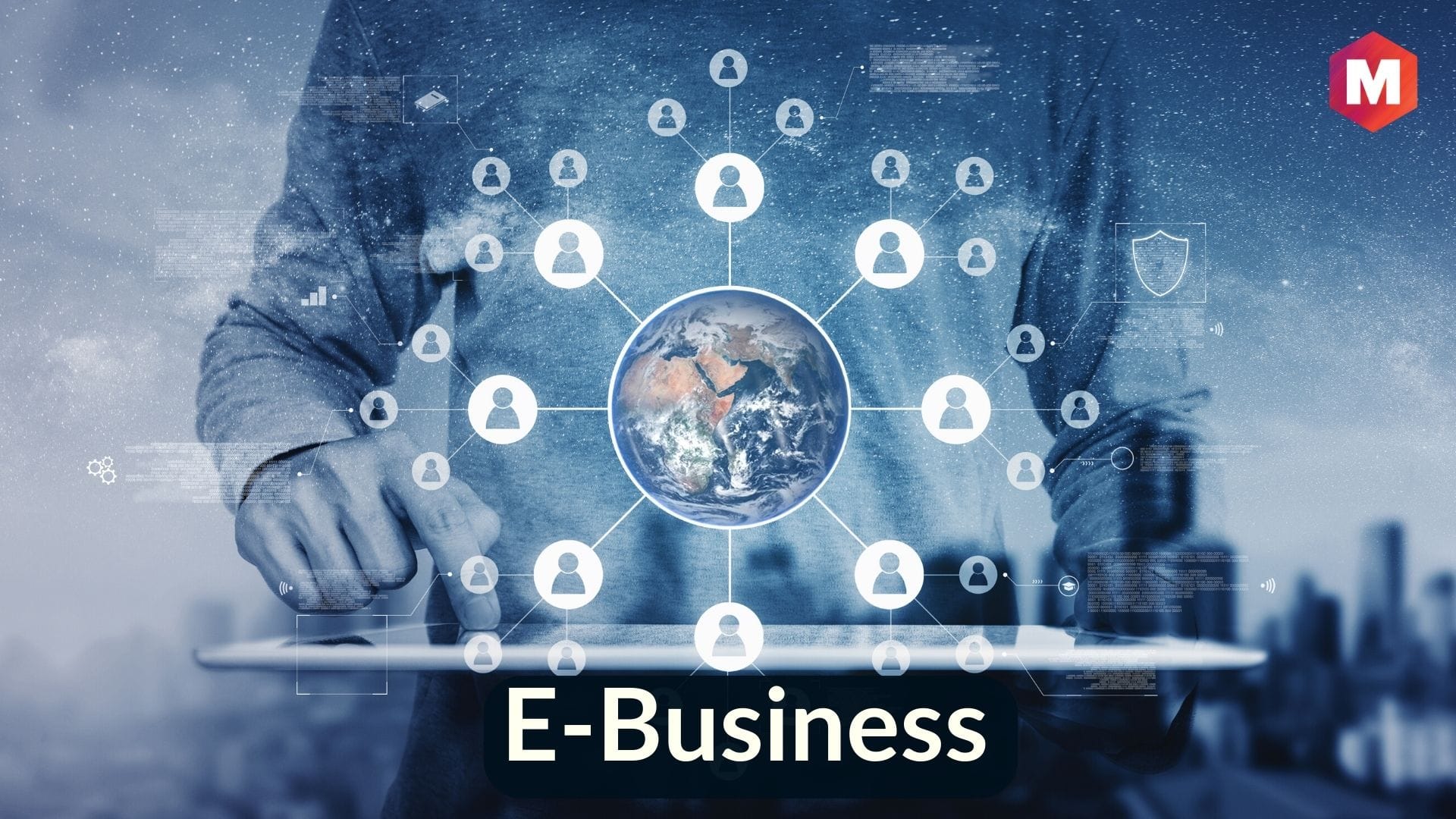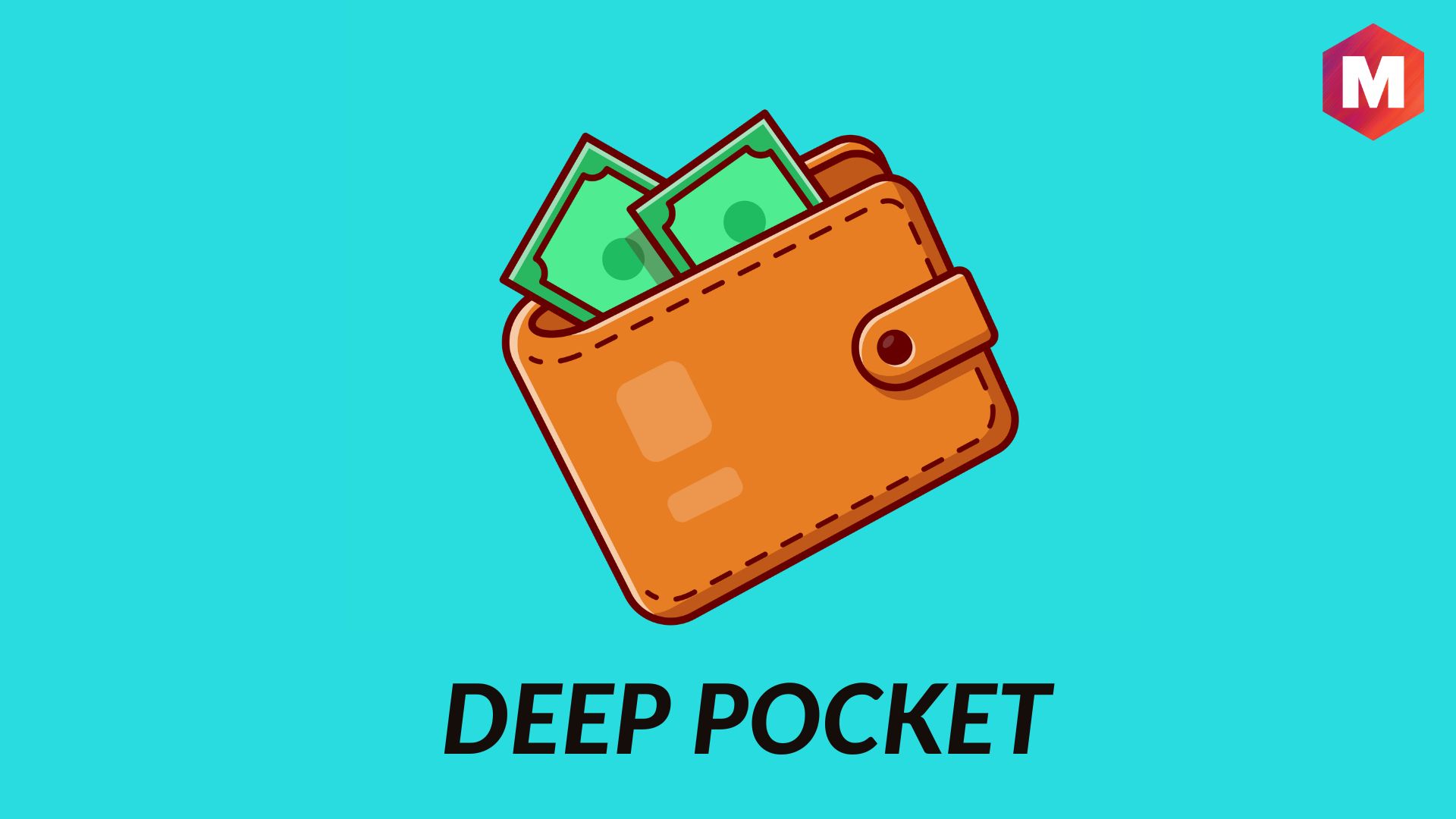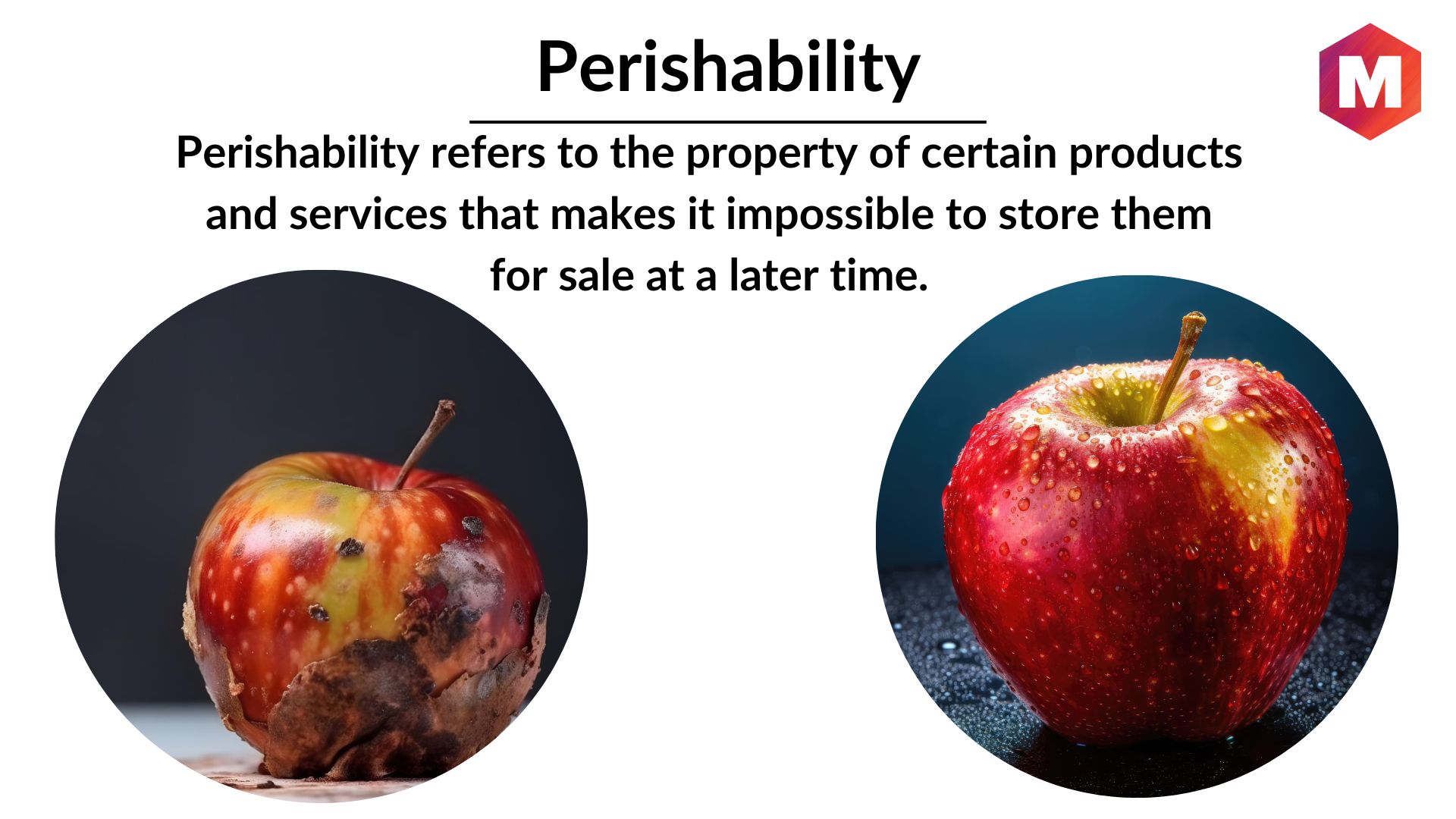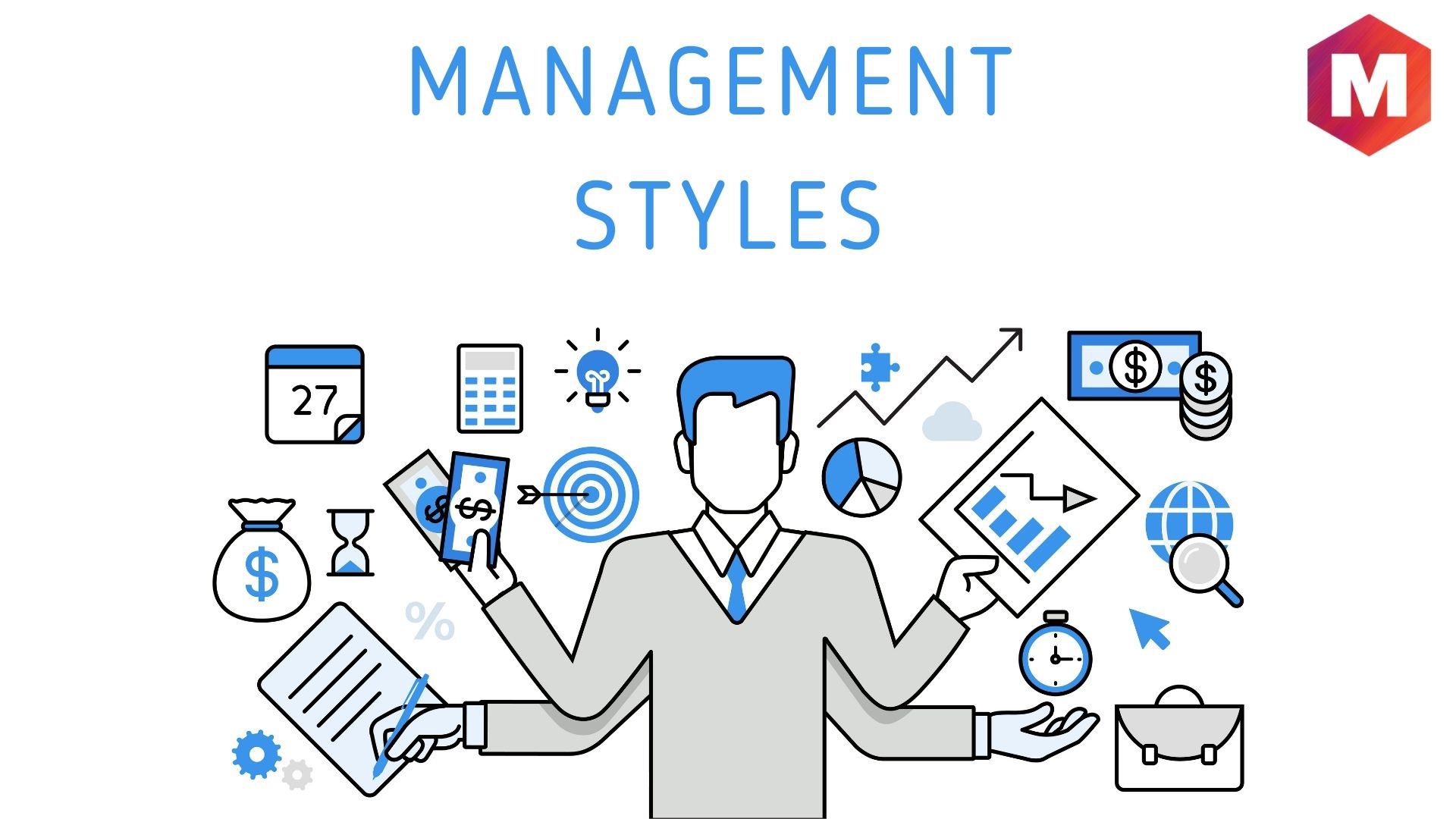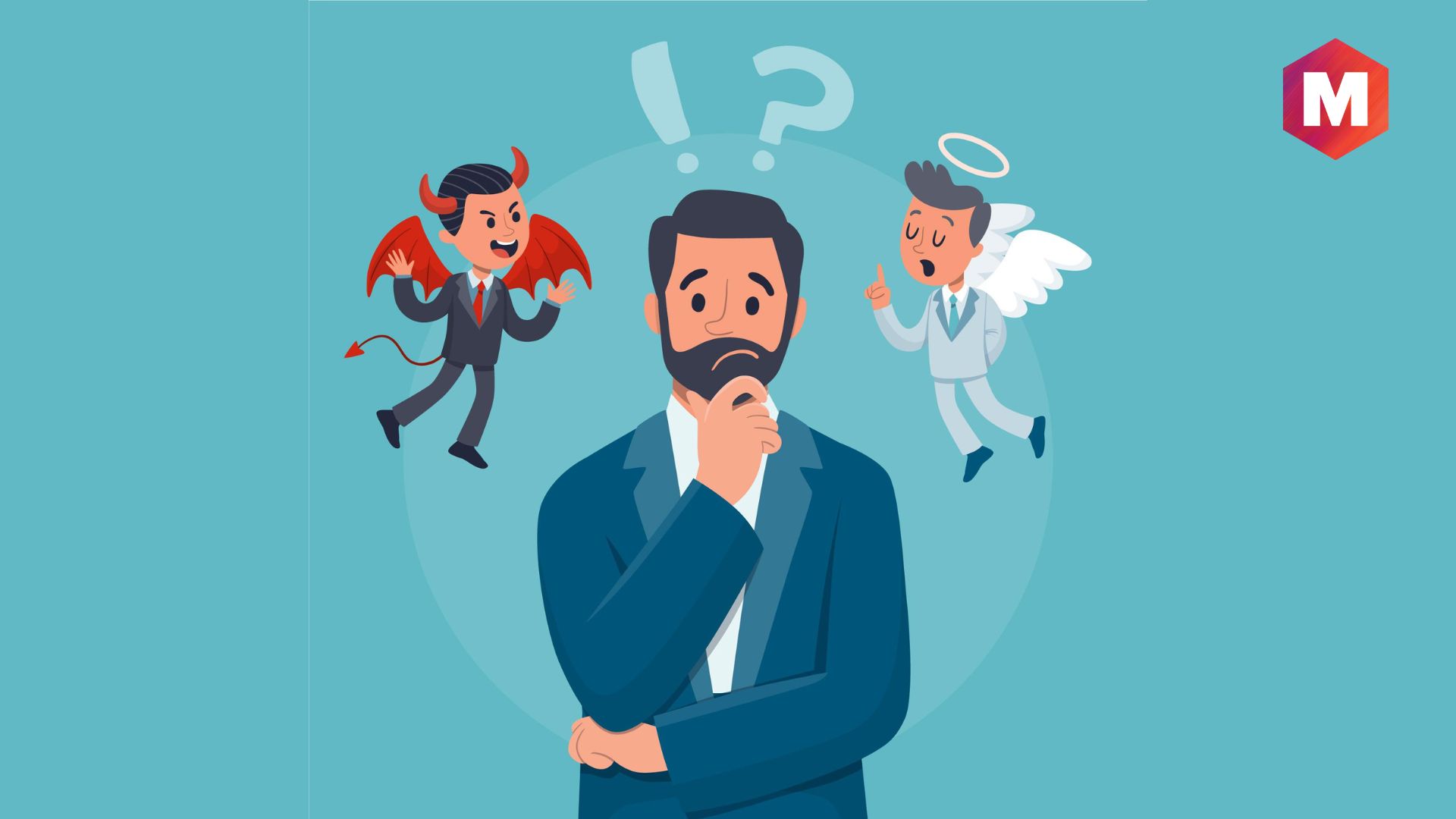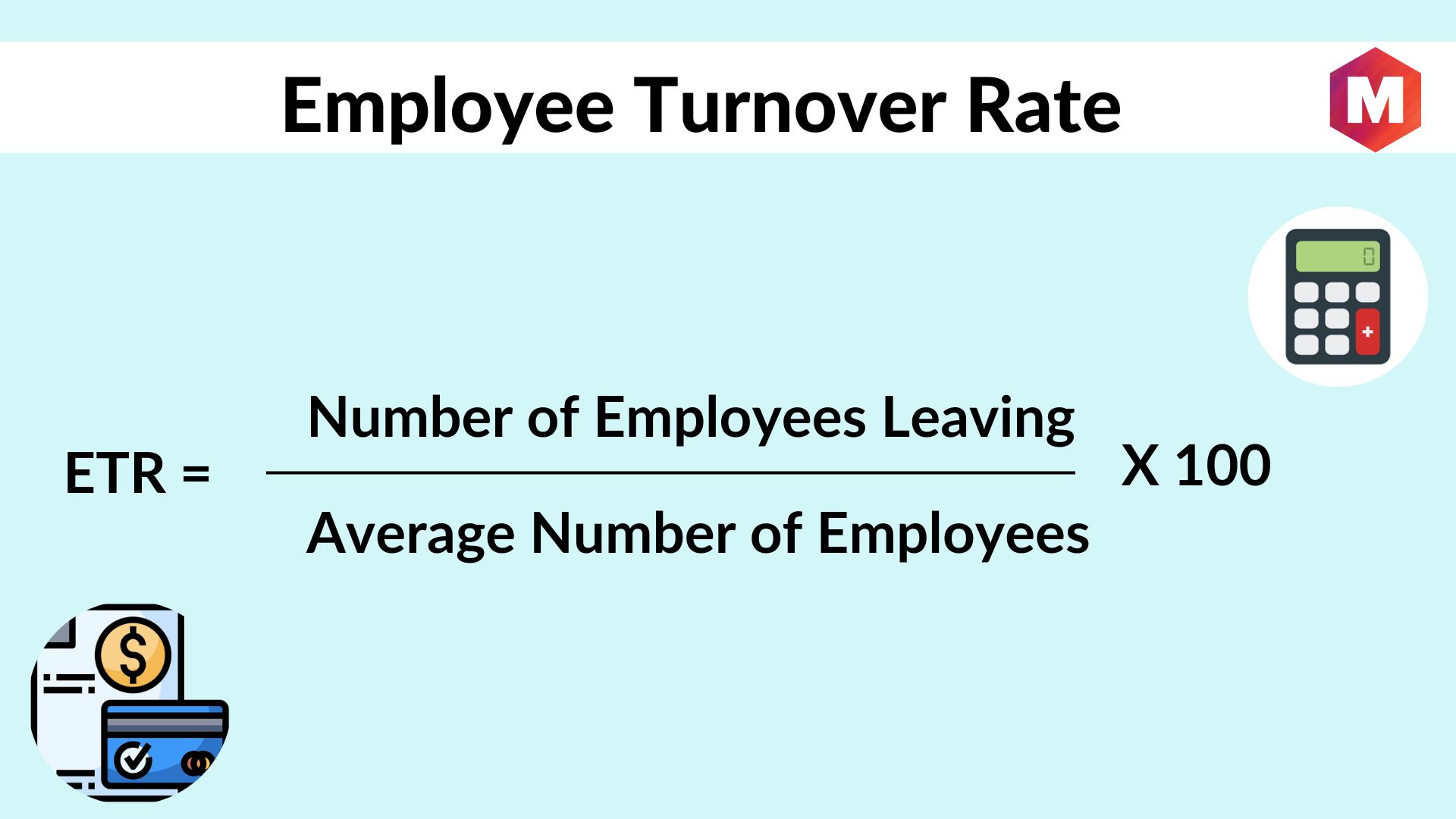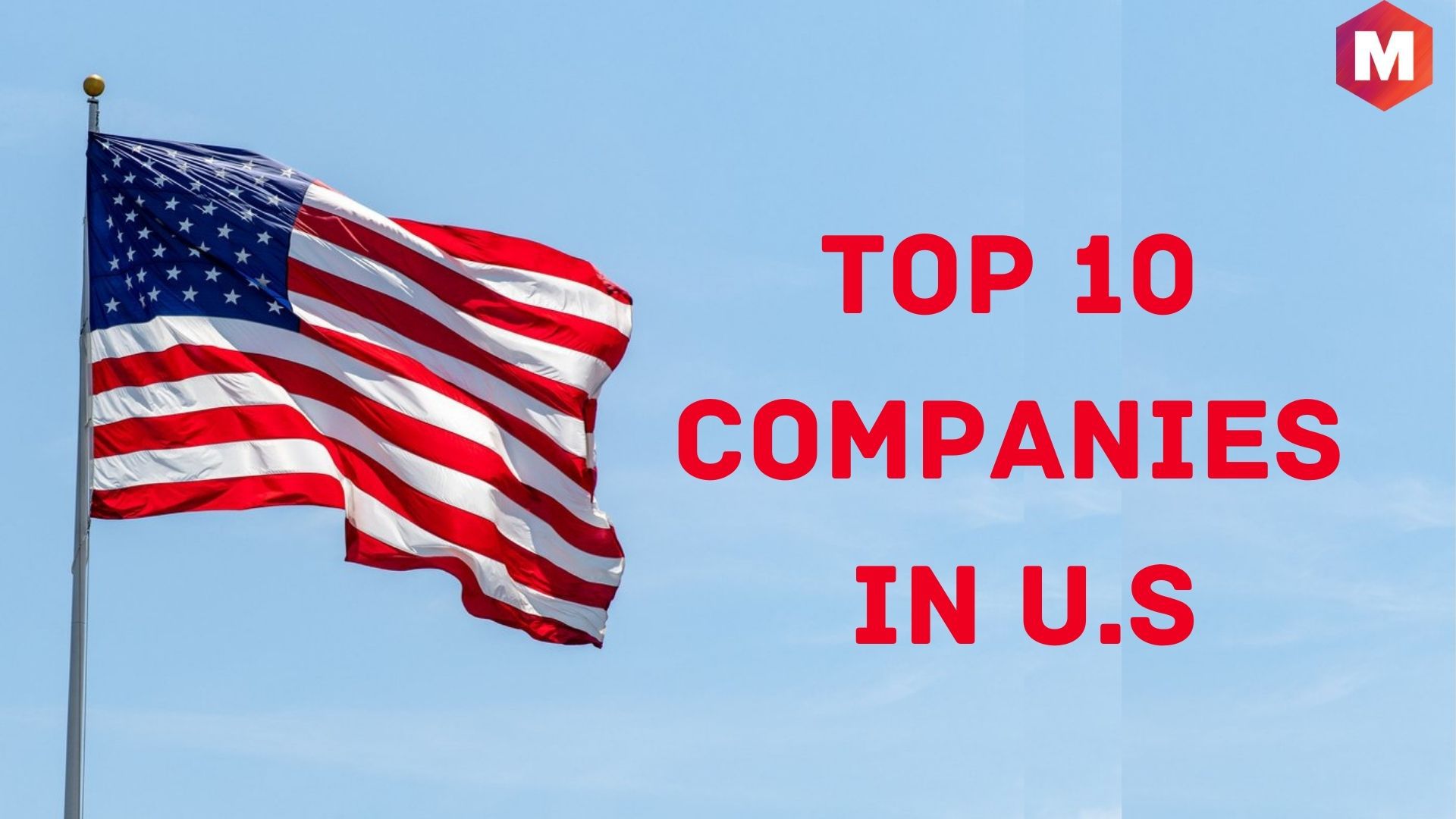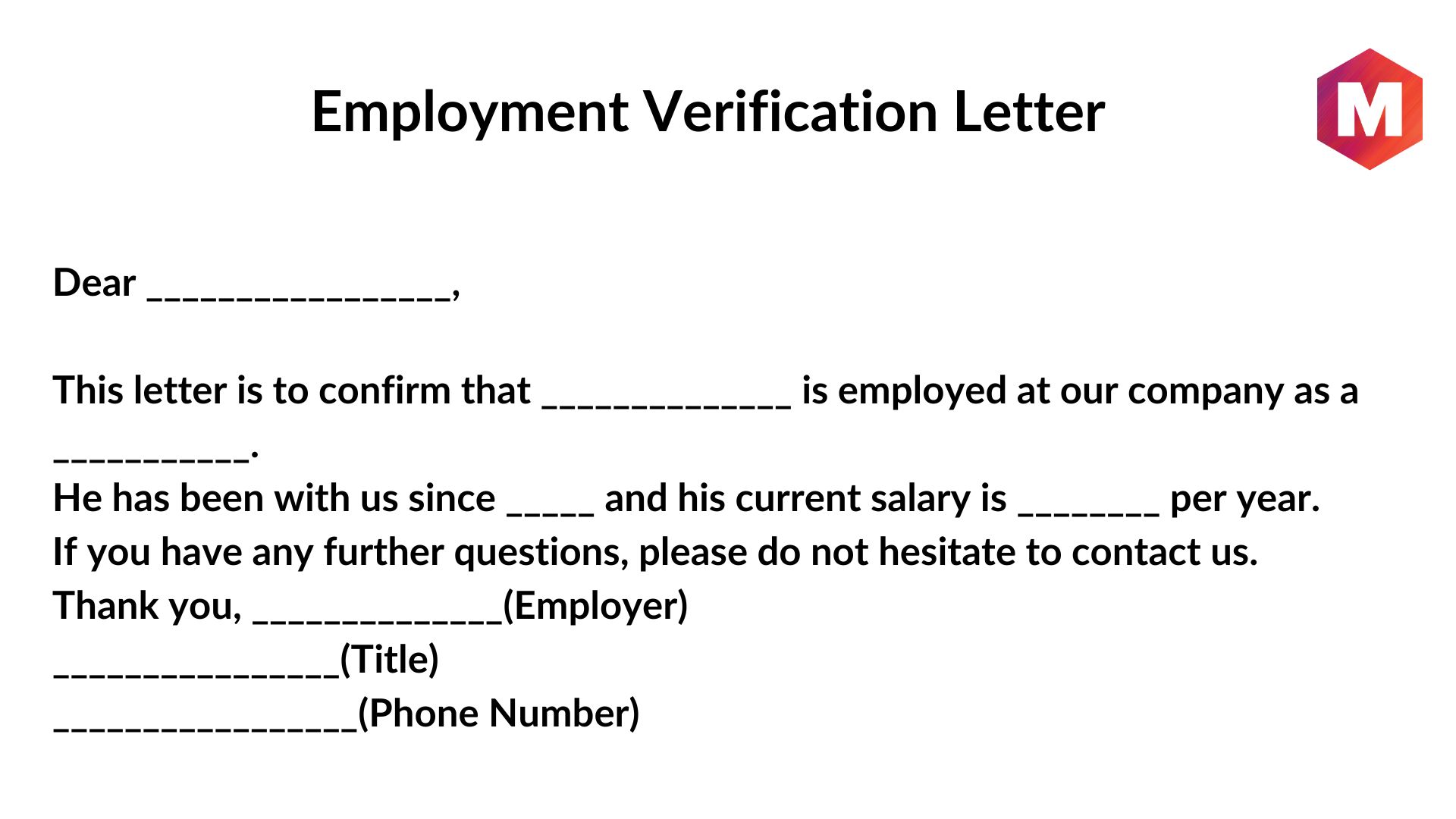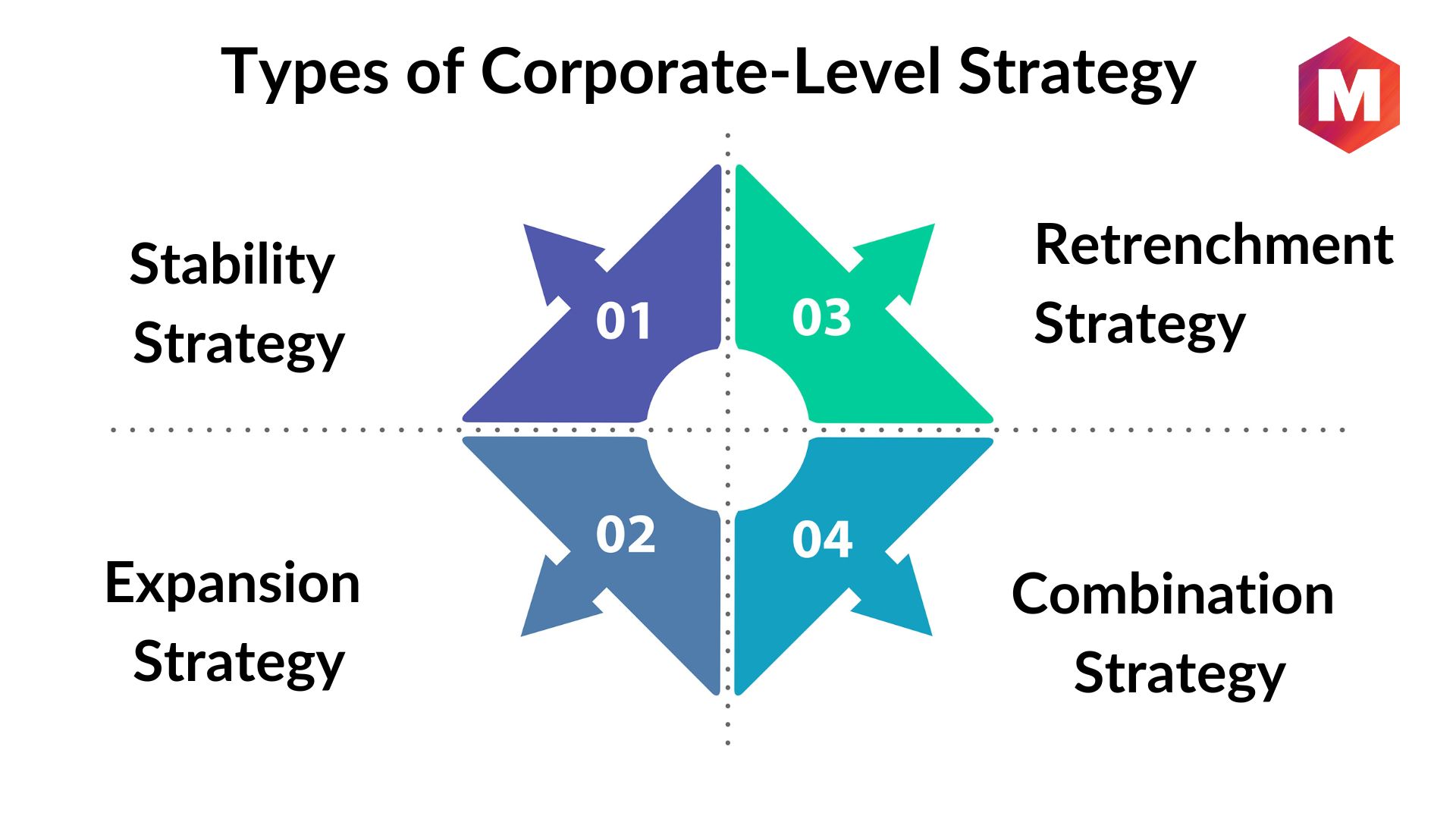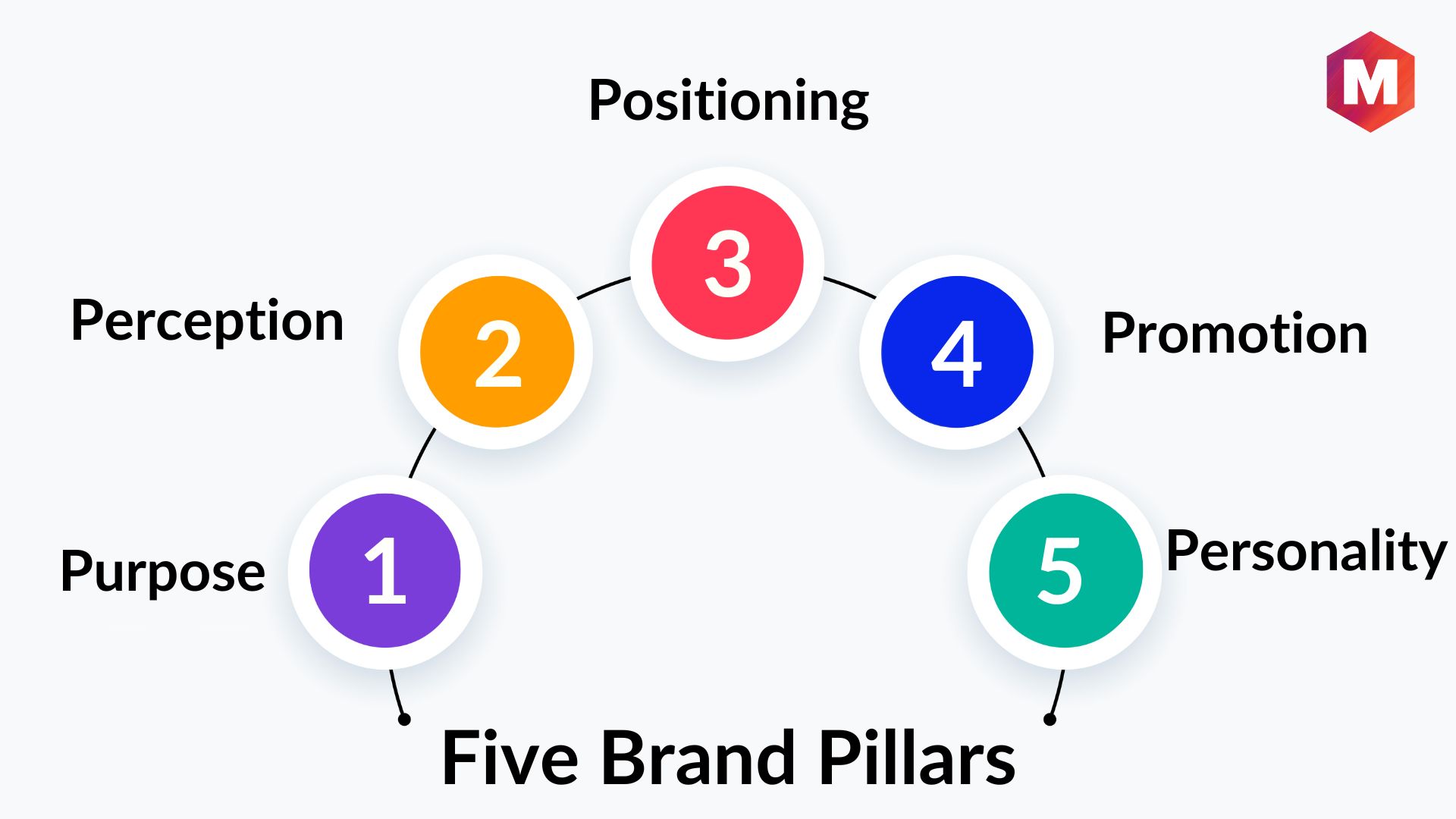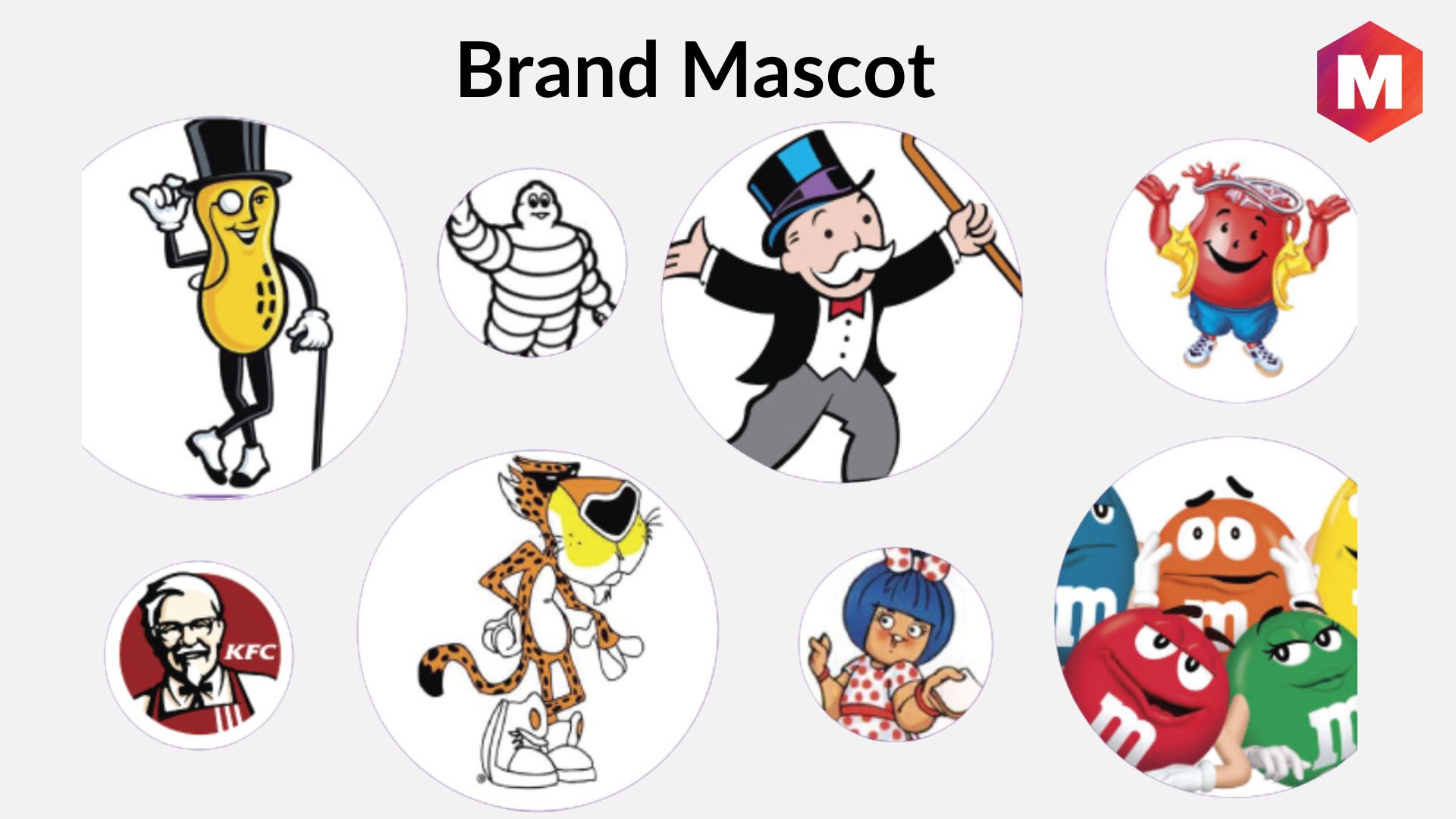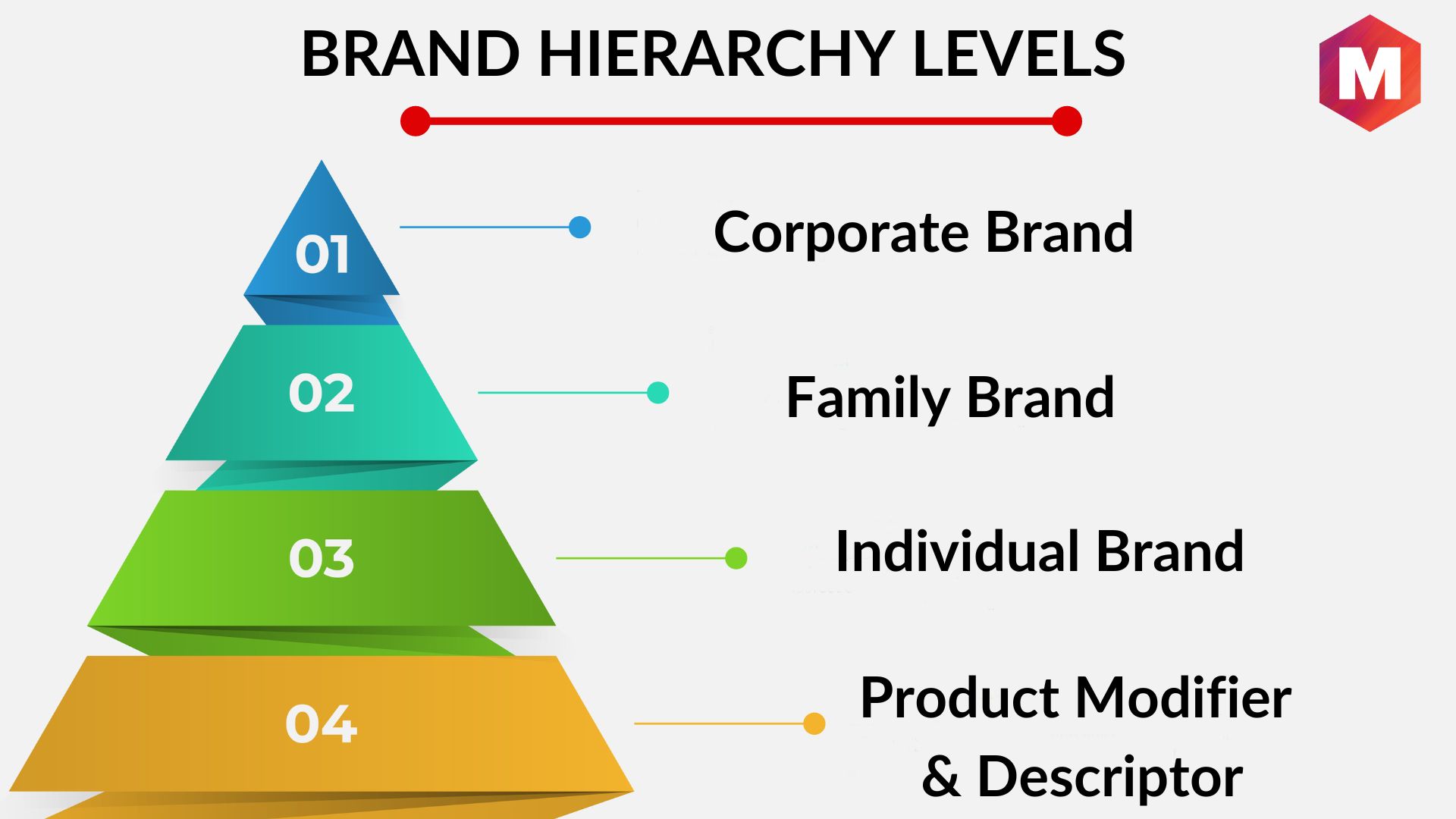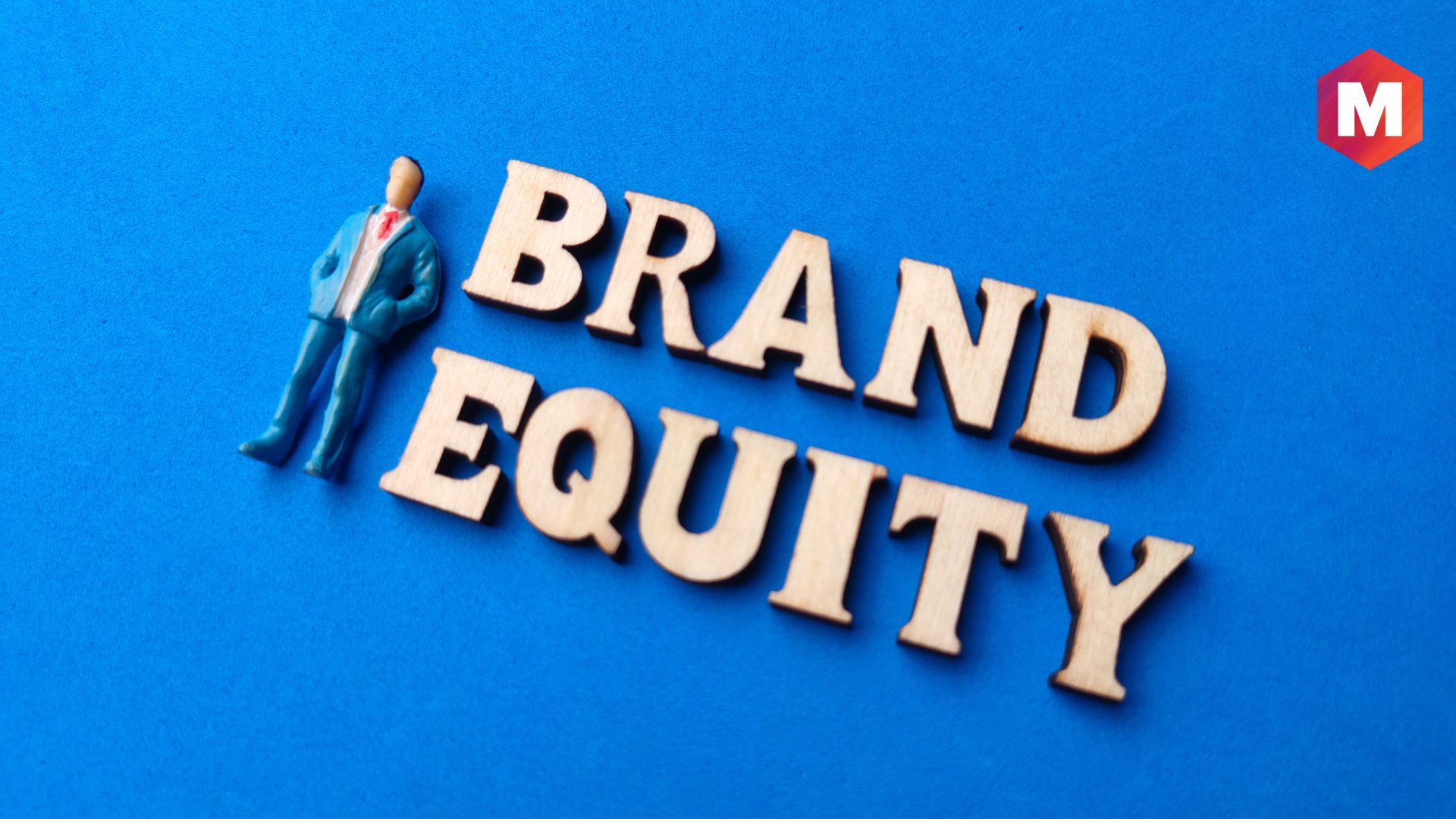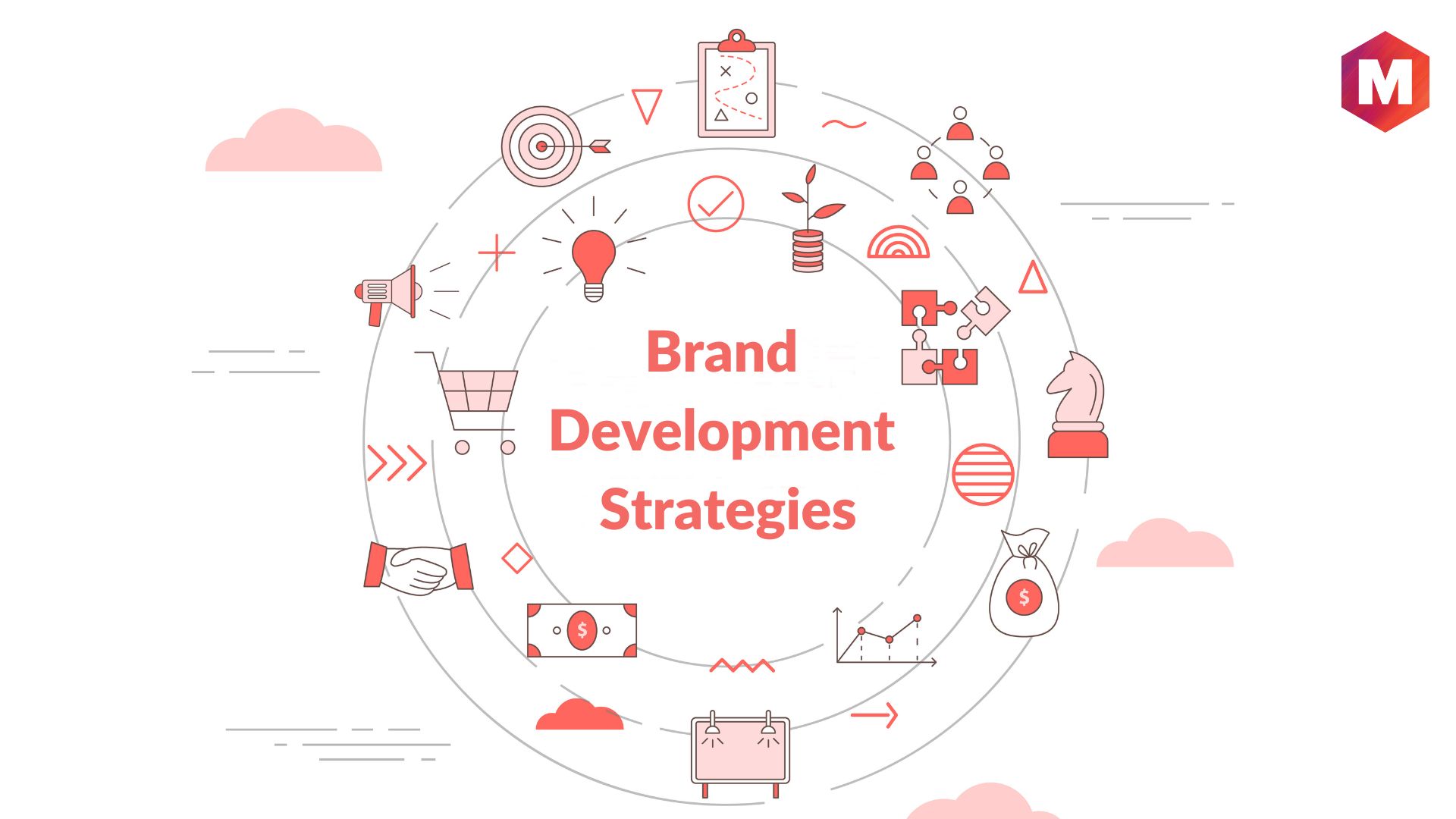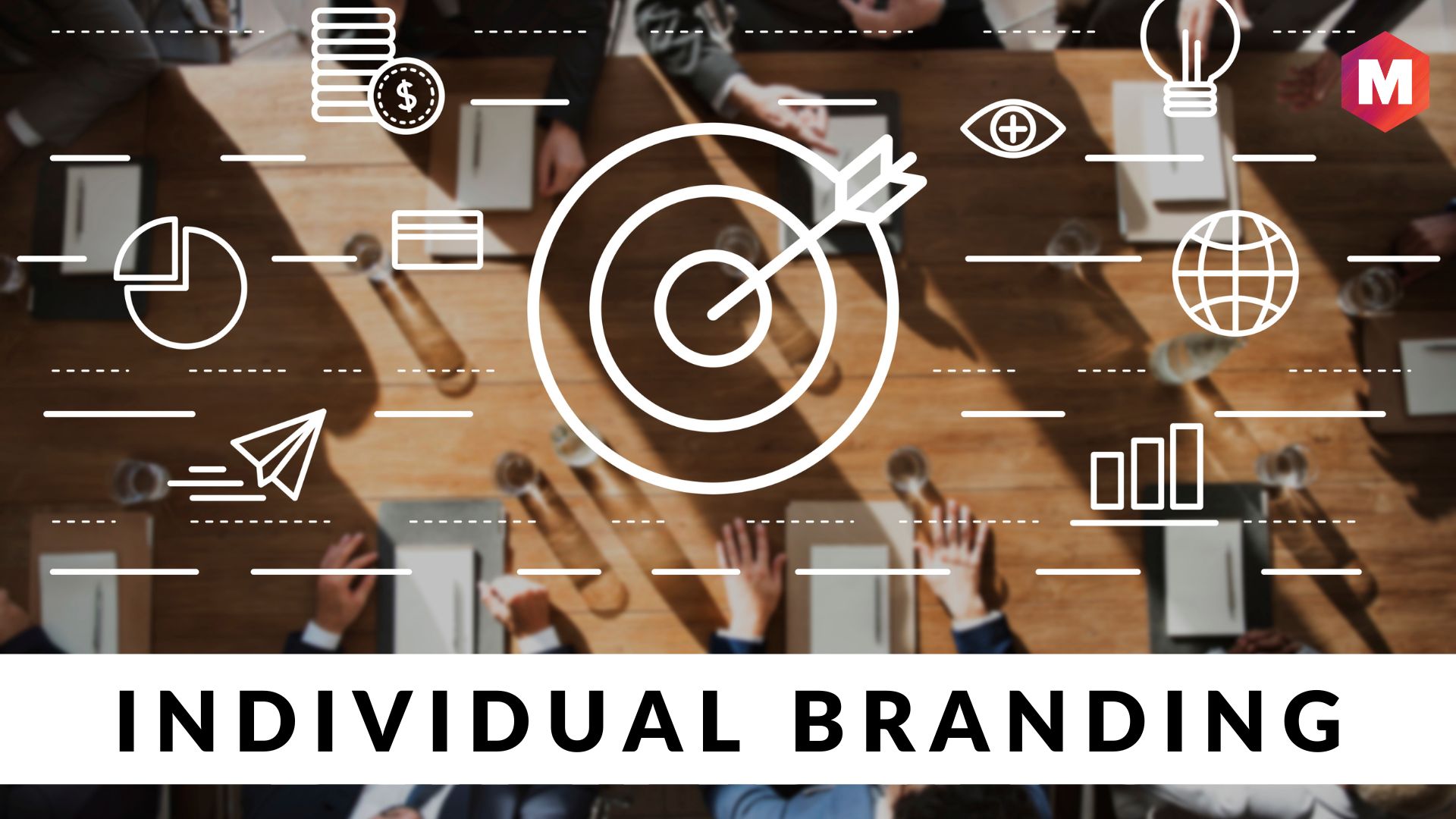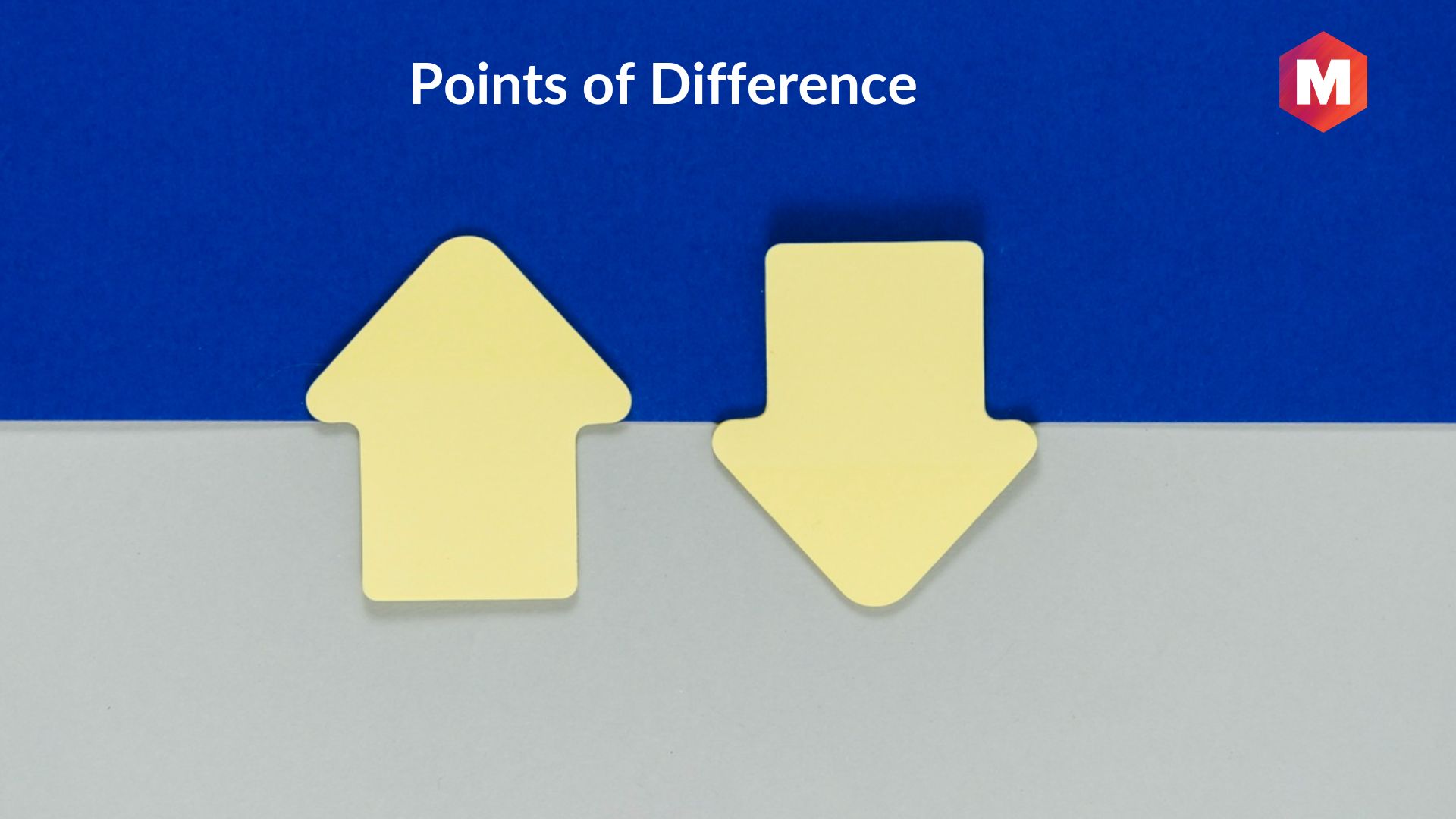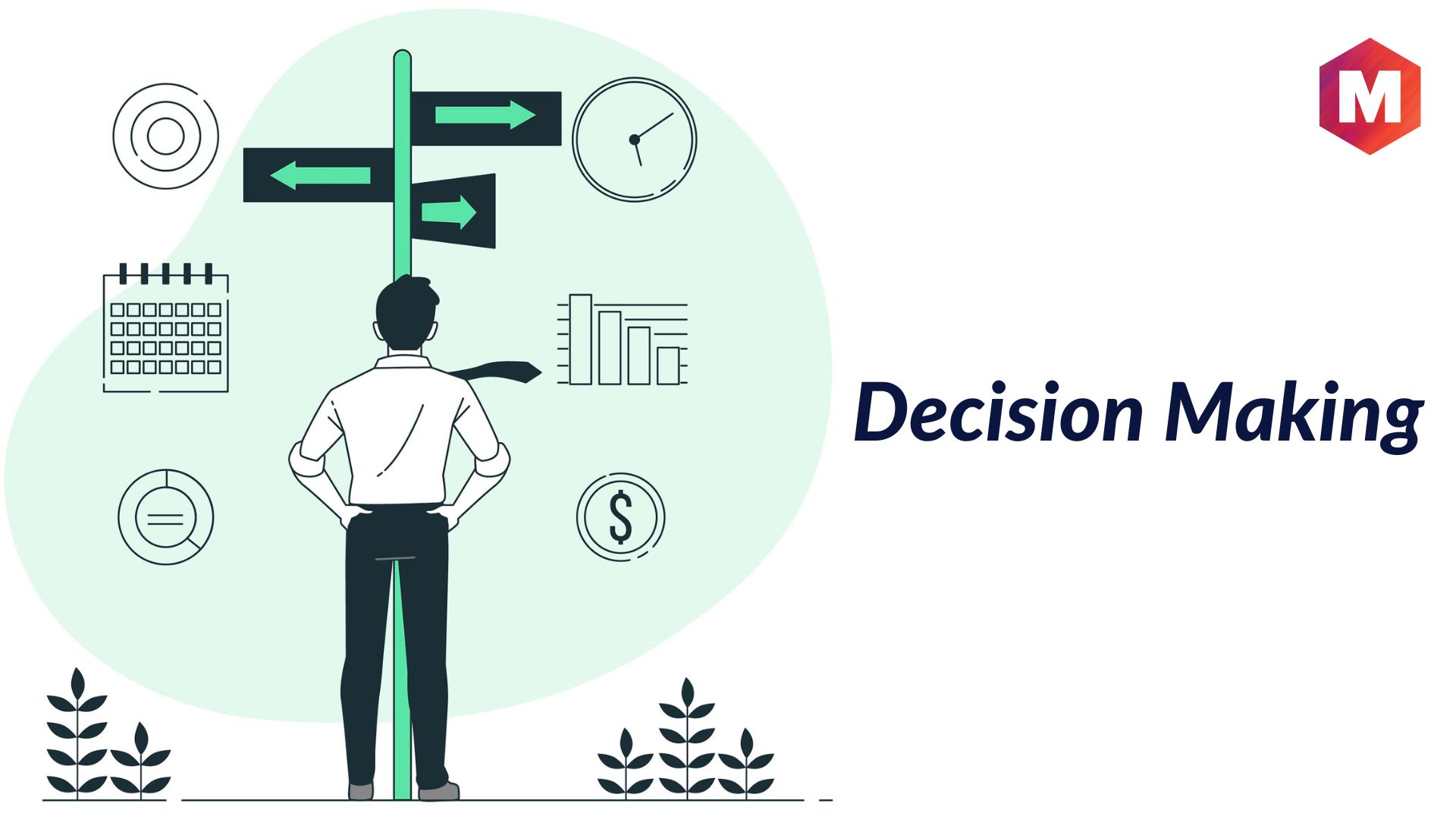What is Brand Differentiation? Brand differentiation creates a brand identity that sets the brand apart from competitors. Brand differentiation helps brands charge premium prices and…
Employee Empowerment: Definition, Types and Benefits
What is Employee Empowerment? Employee Empowerment is the process of providing employees with the tools and resources they need to get their work done effectively….
Ballpark Figure: Definition, Meaning
A Ballpark figure is a rough approximation of what the actual value could be. For example, a manufacturer might ask his manager- “I know we…
Book-To-Bill Ratio: Definition, Examples and Calculation
What is Book-To-Bill Ratio? Book to bill ratio is the ratio of orders received to the orders shipped to measure the demand and supply gap…
Hard Copy vs Soft Copy (Key Differences)
Hard Copy refers to a physical copy of a document, as opposed to a digital or electronic version. Hard copies are traditionally printed on paper….
E-Business: Definition, Meaning, Types and Components
E-business (short for electronic business) is the conduct of business processes on the internet. These e-business processes include buying and selling products, servicing customers, and…
Deep Pockets in Business: Definition and Meaning
In business, the term “deep pockets” is used to describe a company or individual with a lot of money. Deep pockets can be used to…
Perishability | Definition, Importance and Uses in Industries
Perishability refers to the property of certain products and services that makes it impossible to store them for sale at a later time. This means…
10 Management Styles with Pros and Cons
Management style is a concept that describes the way a person in a management position will manage employees, projects, and meetings in the organization. It includes…
What is Dress Code? Definition, Benefits & Criticism
What is Dess Code? The dress code is a set of rules governing what clothing is appropriate to wear in a given setting. Dress codes…
Employee Buyout: Definition, Pros and Cons
What Is an Employee Buyout? An employee buyout (EBO) is when a company offers its employees financial incentives to leave the company. This is often…
Employee: Definition, Types & Meaning
What Is an Employee? An employee is a person who works for an organization in exchange for compensation. Employees perform various tasks and duties assigned…
Employee Advocacy: Definition, Importance, Types and Examples
What is Employee Advocacy? Employee Advocacy is when employees use their social media platforms to share positive content about their employer. This can be in…
Employee Branding: Definition, Importance & How to Build it?
What Is Employee Branding? Employee branding is the ongoing process of promoting and communicating a company’s employment brand to both current and prospective employees. Its…
Employee Discount: Definition, Types and Examples
What is Employee Discount? An Employee Discount is an exclusive discount offered to employees by their employers and involves a reduction in the price of…
Employee Evaluation: Definition, Template and How to Conduct it?
What is Employee Evaluation? Employee evaluation is a performance review process where employers provide feedback to employees about their performance at work. Employee evaluation is…
Employee Morale: Definition, Importance & How to Improve It?
What is Employee Morale? Employee morale is the overall outlook, attitude, satisfaction, and emotions of employees in the workplace. Employee morale is important because it…
Employee Poaching: Definition, Ethics and Strategies
What is Employee Poaching? Employee poaching is the act of recruiting someone who already works for another company. This can be done by offering the…
How to Calculate Employee Turnover Rate?
What is Employee Turnover Rate? Employee turnover rate is the rate at which employees leave an organization. A high Employee turnover rate can be a…
Who is an Employer? Duties & Responsibilities
Who is an Employer? An employer is a person or organization that hires employees. Employers may be businesses, governments, non-profit organizations, or individuals. An Employer…
Employment: Definition and Meaning in Human Resources
What is Employment? Employment is a connection between two parties, often based on a contract for which work will be paid, in which one party…
Top 10 Largest United States Companies in 2025
In this article, we discuss the largest companies in the United States in 2023. We have done extensive research to get the revenue and Market…
What is Employment Status?
What Is Employment Status? Employment status is the legal classification of a worker which determines their rights and obligations in employment law. The main types…
Employment Verification Letter (With Sample)
What is an Employment Verification Letter? An Employment Verification Letter is a document that confirms an individual’s employment status with a current or former employer….
Corporate-Level Strategy: Definition, Types & Characteristics
What is Corporate-Level Strategy? Corporate-level strategy creates shareholder value through growth and profitability and gives overall direction to the business. Corporate-level strategy is the highest level…
The Five Brand Pillars: Examples and How to Build one?
What are Brand Pillars? Brand pillars are the core values that guide and inform a brand’s identity. They provide a foundation for all of the…
Leveraging Secondary Brand Associations to Build Brand Equity
Leveraging secondary brand associations is a way of associating with another entity or brand to help you build brand equity, expand into new markets, and…
Brand Mascots: Definition, Benefits, Tips and Examples
What is a Brand Mascot? A Brand Mascot is a character that is used to represent a company or product. Brand mascots can be human,…
Brand Packaging: Definition, Steps, Usage & Examples
What is Brand Packaging? Brand packaging is the process of creating and designing the packaging for a brand that includes branding elements such as a…
Brand Hierarchy: Definition, Types, Models and Examples
What Is Brand Hierarchy? Brand hierarchy is the organizational structure of a company’s brand portfolio. It outlines the relationships between a brand’s different elements, and…
The Brand Value Chain
What is a Brand Value Chain? A brand value chain is a framework that helps businesses understand how value is created, delivered, and captured within…
How to Manage Brand Equity?
What is Brand Equity? Brand equity is the brand-perceived value that a company has built up over time. This value is based on positive customer…
The 12 Brand Archetypes Explained with Examples
What are brand archetypes? Brand archetypes are universal symbols or characters that help create a brand identity and convey brand values as a persona. By…
What is Brand Development Strategy? 17 Strategies Explained with Steps
What are Brand Development Strategies? Brand development strategies are the key elements that define your brand’s purpose, values, and personality. Brand development involves a combination…
What is a Brand Bible and How to Build One?
What is a Brand Bible? A Brand Bible is the definitive source for a company’s brand design, treatments, and fundamentals. Brand bibles are essential to…
Individual Branding: Definition, Examples, Strategies & Tips
What is Individual Branding? Individual Branding is the process of creating, developing, and promoting a brand identity that is uniquely associated with an individual product…
What is a Brand Deck and How to Build One?
What is a Brand Deck? A brand deck is an overview of your entire brand, typically including visuals such as logos, colors, fonts, and imagery…
13 Amazing Brand Identity Examples
What is Brand Identity? Brand identity is a unique set of characteristics that distinguish one brand from another. Brand identity includes visuals such as logos,…
Points of Difference (POD): Definition, Types and Benefits
What are Points of Difference? Points of difference are the unique characteristics that distinguish a product or service from other competitors in the market. These…
Decision Making: Definition, Types, Importance and Factors
Decision making is a process of identifying and choosing the best option from a set of available alternatives. It is a cognitive process that involves…



